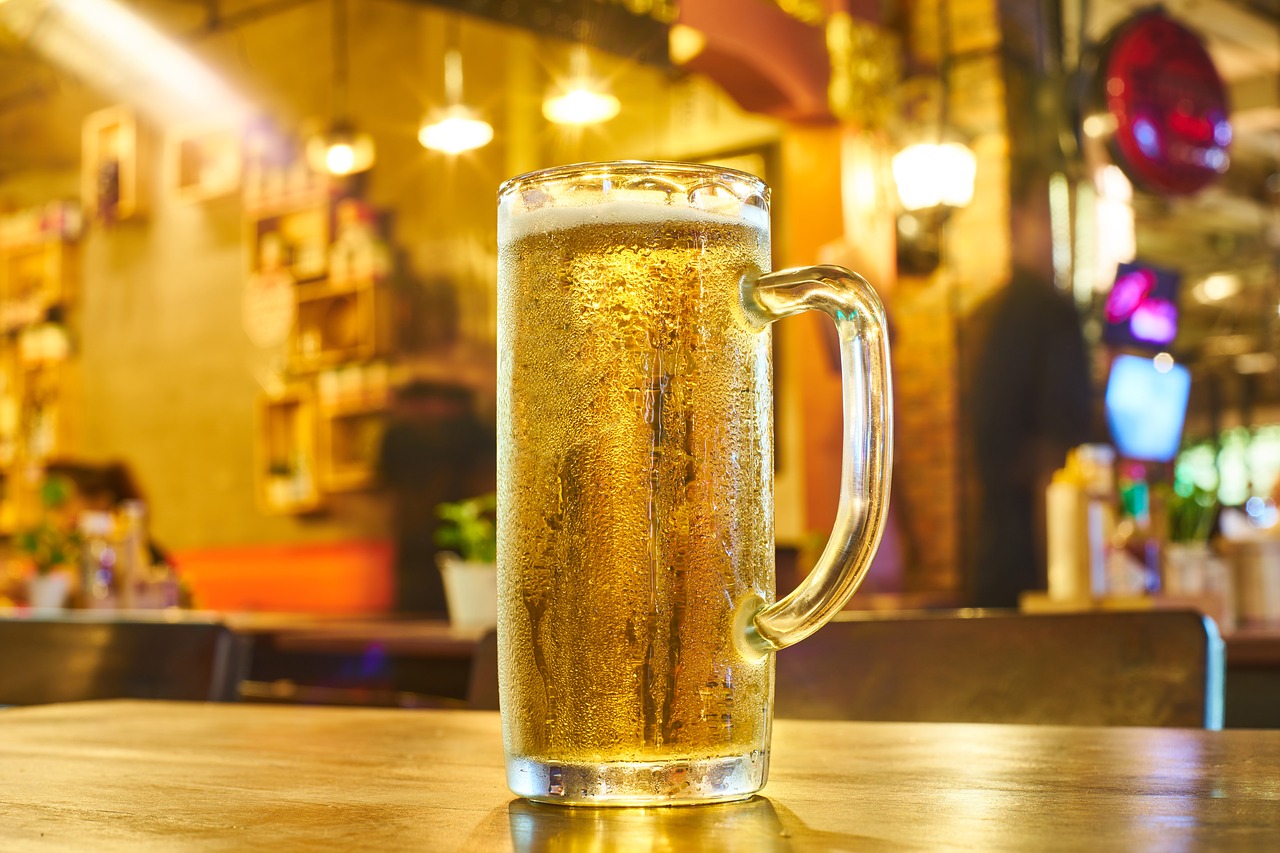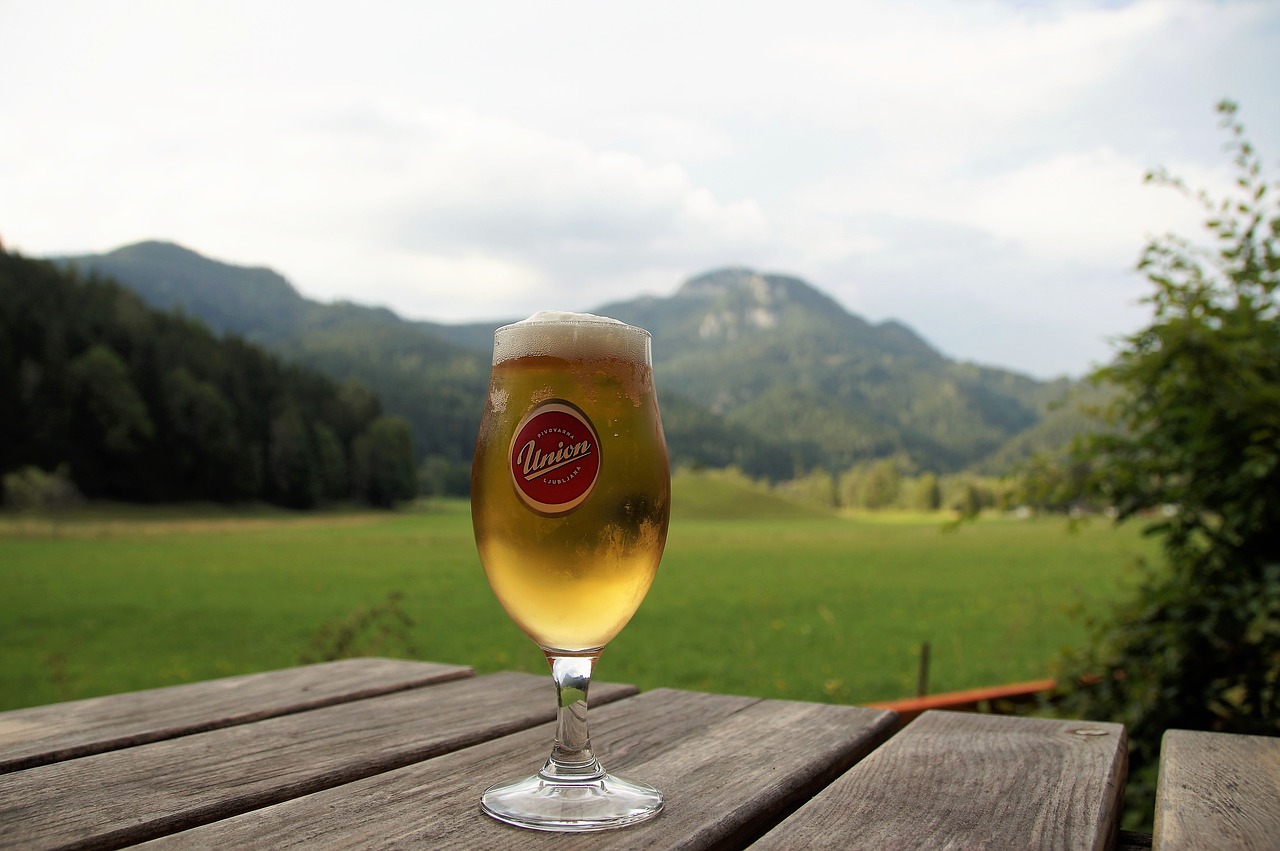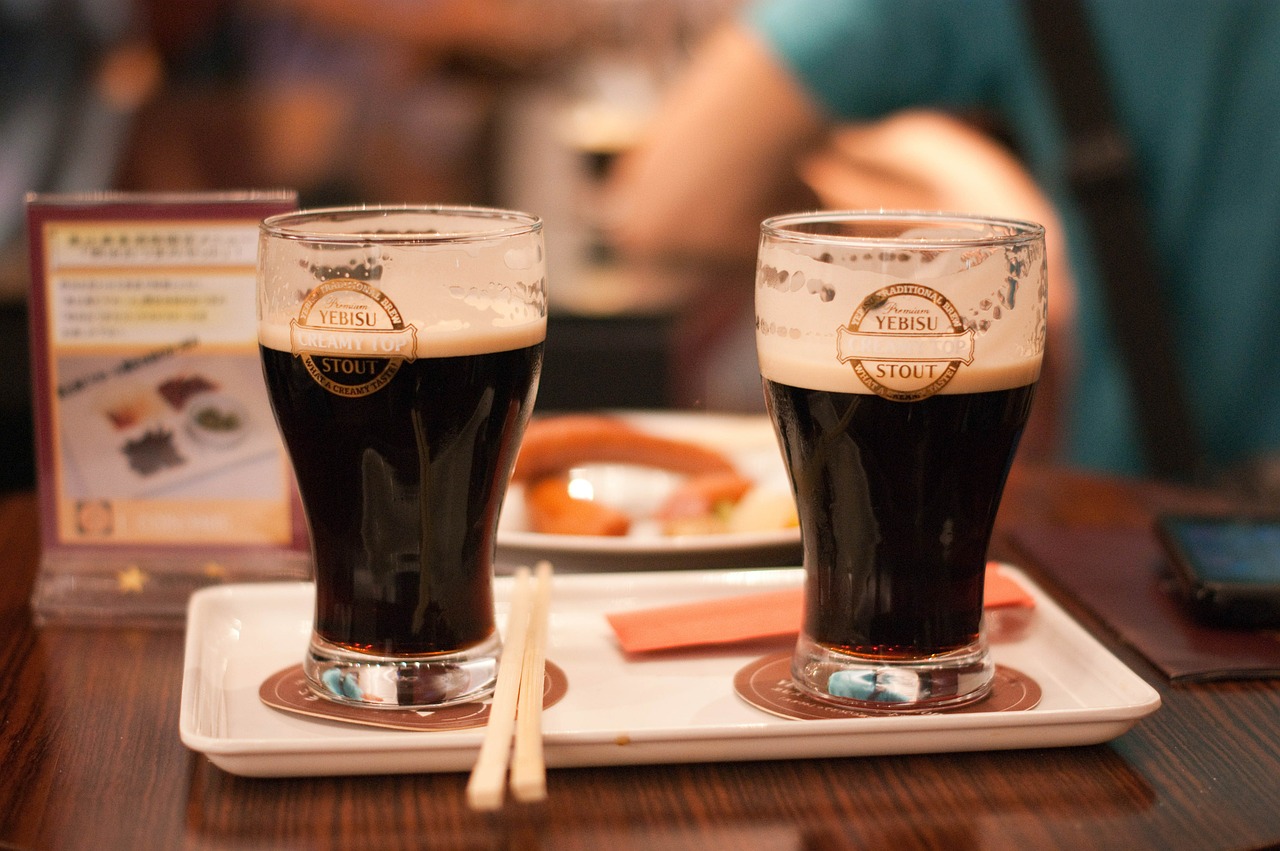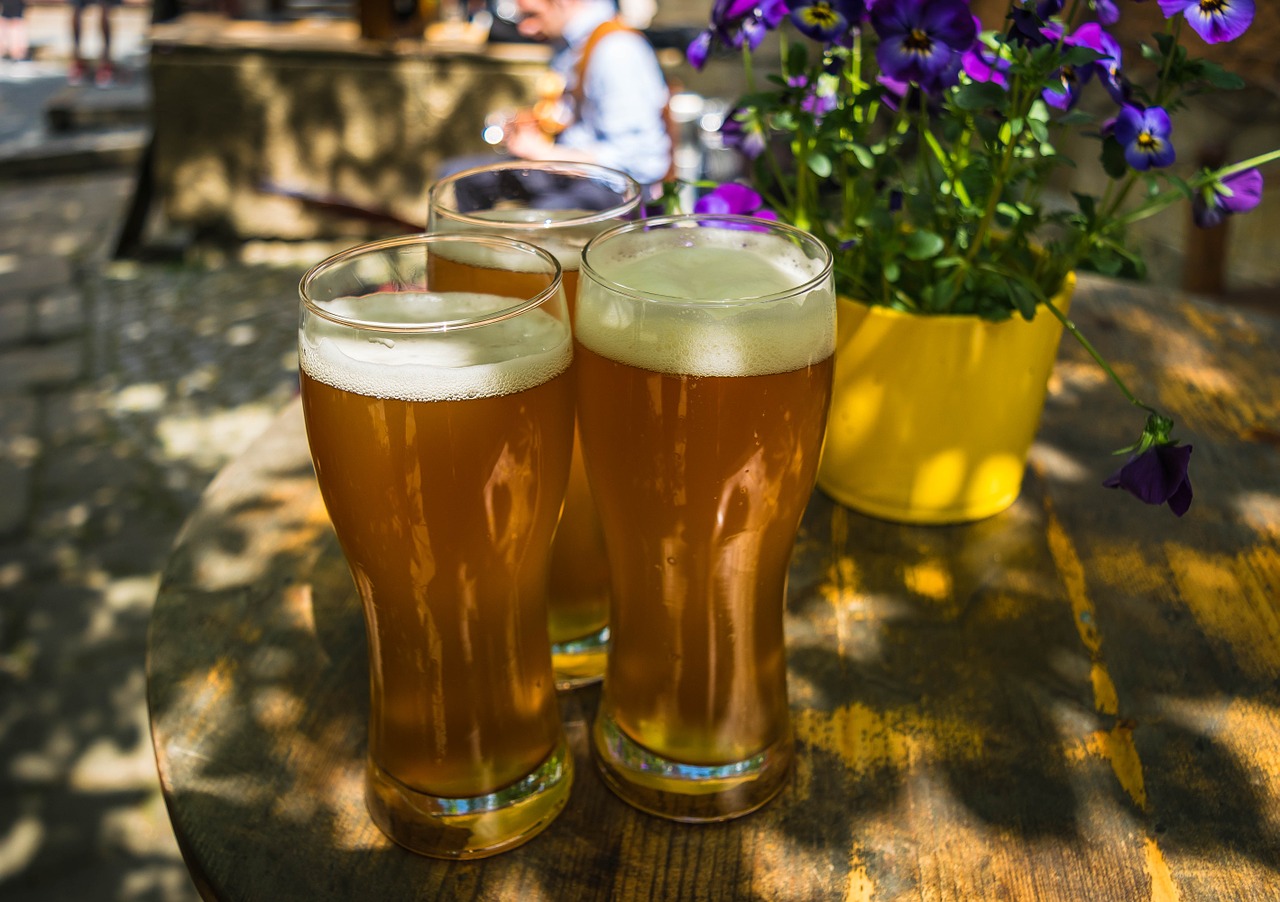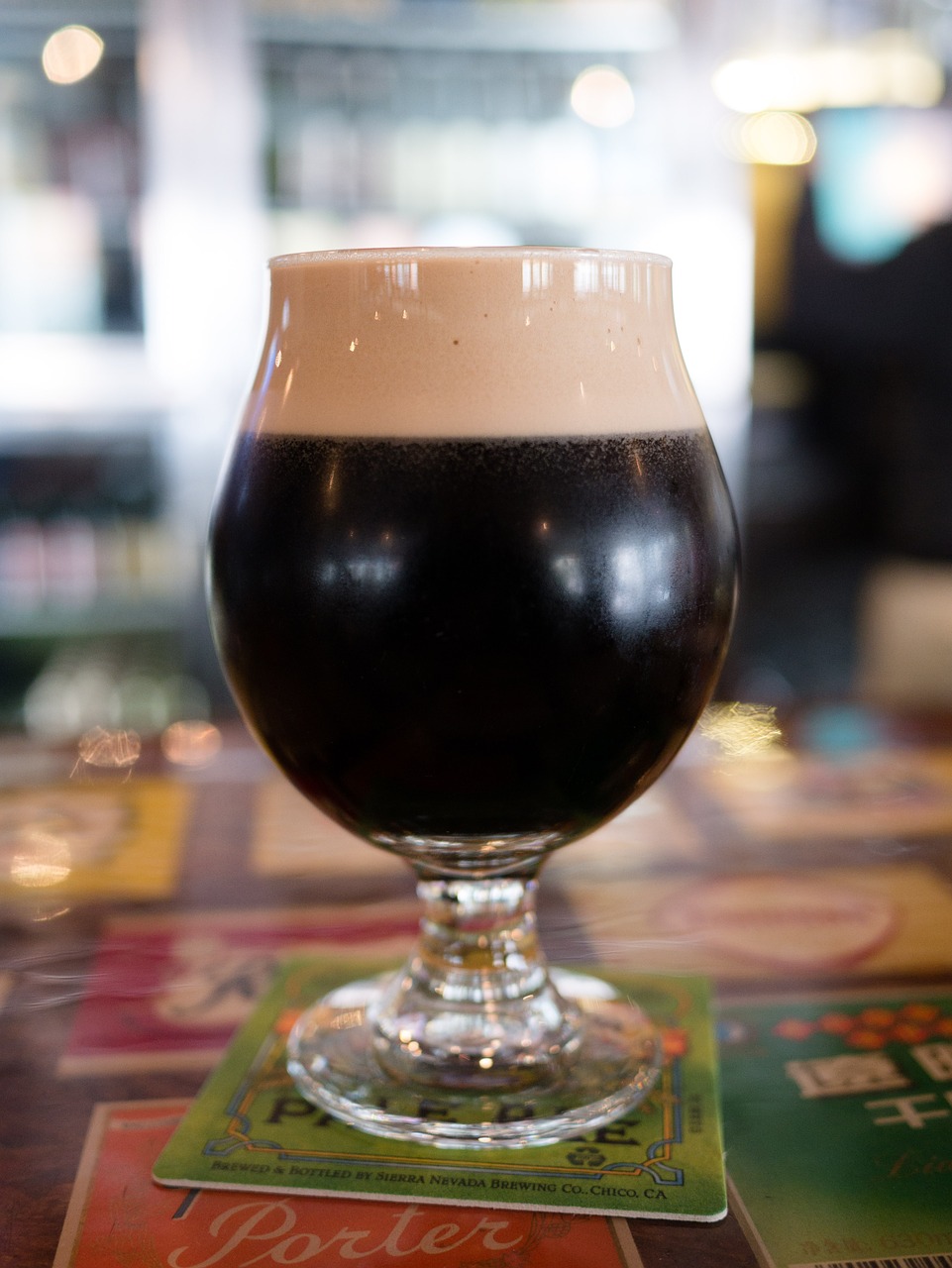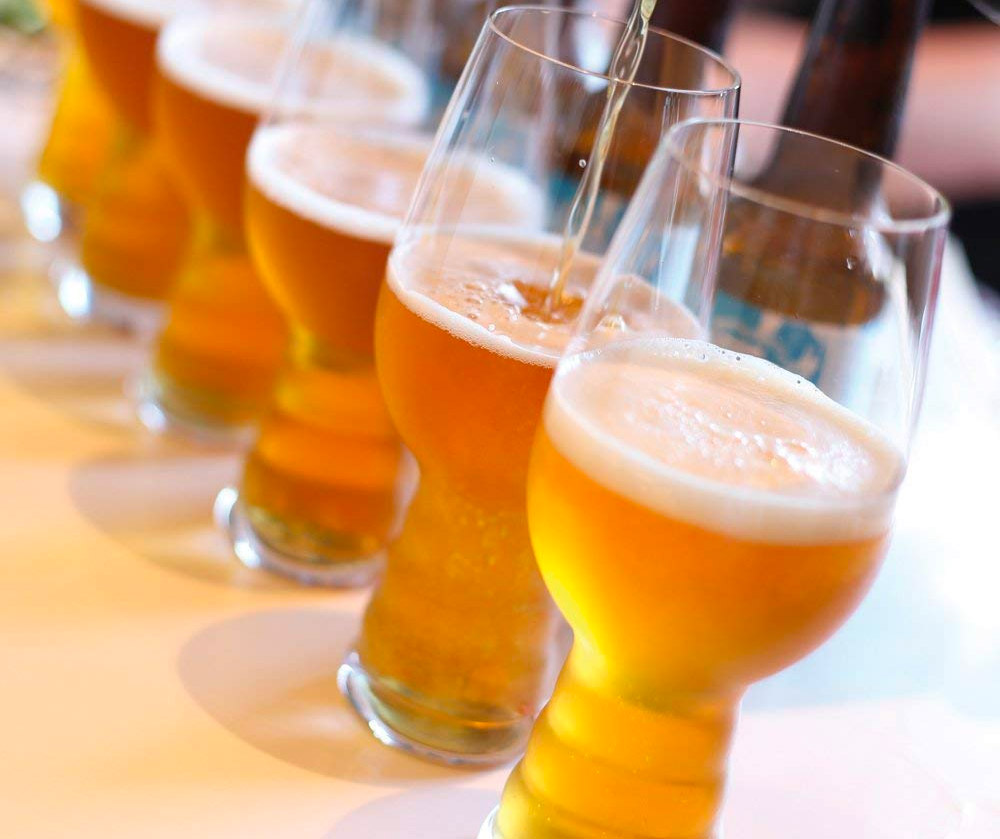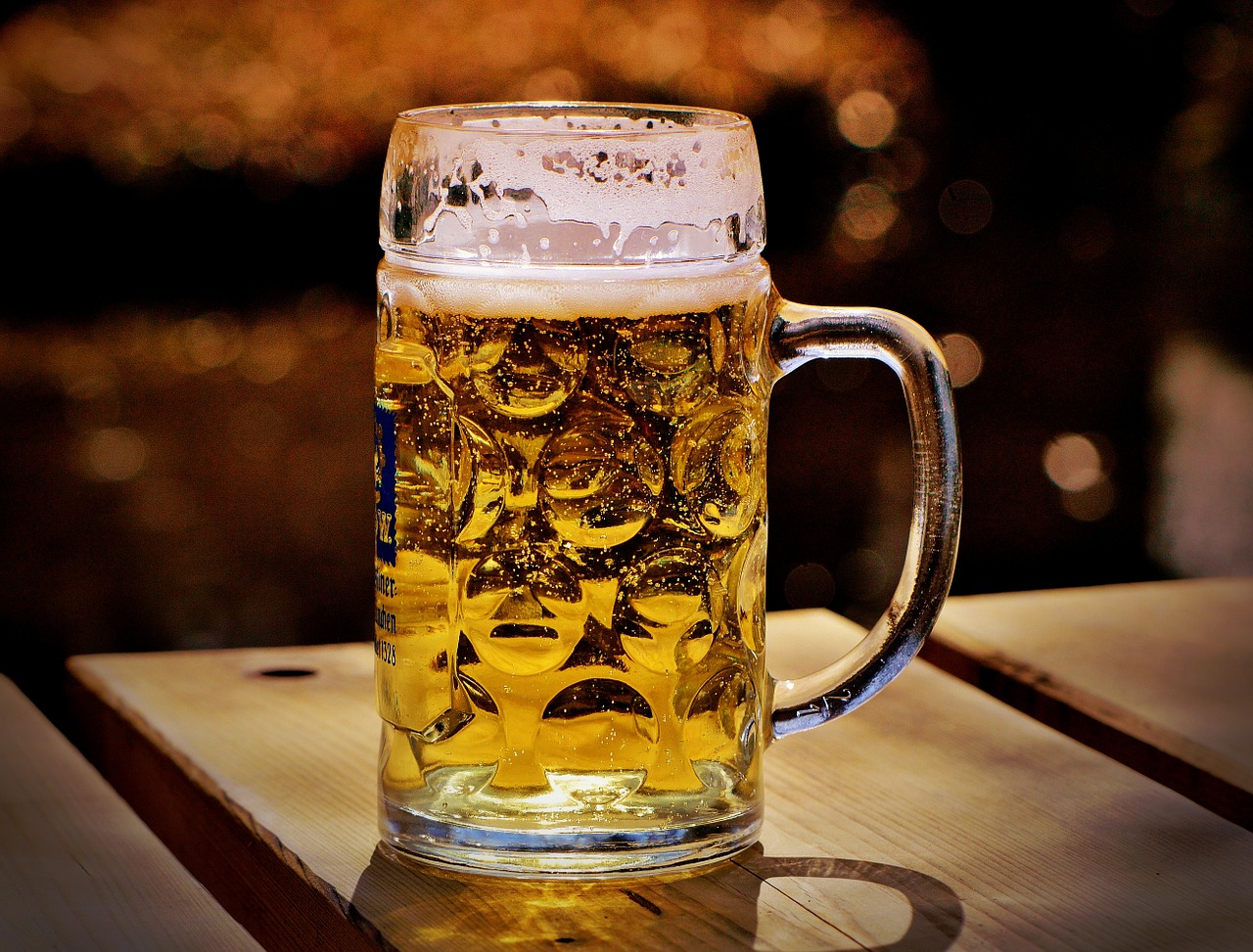8 Beer Glass Types For Different Beers Guide
Let’s be honest, we all have that persistent friend who when you go to the bar, shouts after you ‘in a straight glass please’. He (or she) is opposed to the real ale-drinking mate who likes to drink from glass beer mugs, the dimpled type with a handle.
Just as our taste in beer is a personal choice – I’m every inch a real ale man – so the type of glass you choose to drink out of is an individual preference. Did you know, however, that some glasses are specially intended to go with certain beers?
For example, an IPA glass is traditionally used for India Pale Ales, as the name implies. That doesn’t mean you can’t use it for other beers! If you want to get extremely pedantic, you might be one who enjoys drinking from the more unusual – and hard to find in UK pubs – Spiegelau IPA glass, with its chunky base and unique shape.
But let’s not get too far from the subject here, which is the 8 types of beer glasses that you’re most likely to find, and the beers that they are traditionally filled with! Get ready to learn some fascinating beer-related facts, and prepare to be amazed by the different beer glass types!
Different Types of Beer Glasses
The Pilsner Glass
An attractive style of beer glass that has its origins in Europe – where pilsner beer originated – the Pilsner glass is a tall, slim type of beer glass that is commonly found in pubs and bars throughout the UK. There are different shapes; some are completely straight, others taper in from the base and then slightly out.
The design is intended to keep the small head of pilsner in place when drinking – the aperture is notably smaller in diameter than a standard pint glass – and you may find that some pilsner glasses hold less than a pint. This is because pilsner has traditionally been sold in bottles, rather than from the tap, until quite recently.
This is the type of glass your annoying mate means when he asks for his lager in ‘a tall glass’.
The Beer Mug
Associated these days with real ale drinkers – who will likely refer to it as a ‘tankard’ while stroking their regulation beard – the mug is a traditional type of beer, but it may come as a surprise that this type of glass was originally intended for lagers and pilsner.
There are different designs of beer mug; some are the short and wide version, the typical English beer tankard in glass with dimpled sides, but in recent years an American type of beer mug – taller and thinner – has become increasingly popular.
One thing all such mugs have in common is the handle, and here’s why: it’s so that you can hold your glass without your hands warming up the beer inside. Clever, isn’t it? And you thought it was so you had less chance of dropping it after a few pints!
The Tulip Glass
Fans of Belgian ales will recognise the Tulip glass immediately. This is the very stylish glass with a stem and base, usually tapering out than slightly in, with a wide aperture. In every way the typical Belgian beer glass, it is also used for lagers, pilsners and also – in some cases – for stout.
What’s special about the tulip glass? Well, those who prefer this type of vessel insist it enhances the aroma and taste of the beer within. Don’t mock them, they are in fact right. It’s the way the ‘balloon’ shape to the lower part of the glass traps the aroma and flavours in that does it, and many real ale drinkers like to use one, especially for very hoppy brews.
Some people insist on this type of glass as they think it makes them look cool. It doesn’t, but for the right drink, it’s the right glass.
The Stout Glass
Stout is one of those drinks that divides opinion. It’s perhaps the ‘Marmite’ of beers, and it’s a similar colour to our favourite yeast extract. These days it is seen as a ‘real man’s drink’. This is largely down to its association with Guinness, the preferred drink of anyone who pretends they’re a little bit Irish on St Patrick’s day. It’s worth noting that when I was a kid, it was the chosen drink of my Grandma on a Sunday trip to the pub.
The Stout glass is a short, stubby glass with a wide bulbous body and a short stem. Similar – but wider and shorter than – the IPA glass, it is also used for that drink and for heavy, dark real ales. This is because the shape holds the frothy head nicely, and the way it is designed drives the taste upwards and keeps the aroma in.
We like it because it’s a nice heavy glass that has a good feel, and is pleasant to hold and drink out of.
The Standard UK and US Pint Glass
Let’s start with the one we’re all familiar with, usually referred to – in 20oz size – as the English pint glass or the Imperial, or in 16oz size, the American pint or Shaker glass. This will be familiar to drinkers of both ales and lagers, as the straight-edged, slightly tapered pint glass that you will most likely be served your drink in at the pub.
The advantage of this type of glass is that it can be used for just about any drink. It’s simple to manufacture, and designed to be stacked easily and safely. This type of glass is also easy to clean and is very much the staple of the pub trade. They are sometimes found with brand names on, and these ones often find their way – mysteriously – to your home!
The Snifter Glass
What, you may ask, is a brandy glass doing here? For that is really what a snifter beer glass is. This is the wide-bowled type of glass with a slightly wider aperture than the base it sits on, a short stem and a lovely, constant curved shape. Not quite a brandy bowl, but not far away.
Until quite recently, this sort of glass was seen solely in the hands of an older gentleman seated in a leather button-back chair in his club, smoking a pipe and swirling his cognac expertly in his snifter glass, before checking its ‘nose’ and then artfully taking a sip. It has become the domain of trendy bars and more up-market pubs, as it looks good.
If we’re to be fair there is more to the snifter glass than that. Fill it with a heavy, dark ale or IPA, or – God forbid – a barley wine, and swill it around, and one cannot deny the full flavour that comes through. As with the glasses above, it’s the shape that does it. So, if you don’t mind appearing a little pretentious – well, a lot actually – try your next beer in one of these, and you’ll see what we mean.
Spiegelau IPA Glass
While we’re on the subject of appearing pretentious, let’s give a warm welcome to the Spiegelau IPA glass, a current favourite with beer lovers. While far from commonplace in your average pub, you can expect this strange-looking yet effective type of glass to be appearing in your local before long.
What’s it all about? Well, it’s a funny shape for a reason. The ridges on the lower part of the glass are there to add aeration to the beer on the way up the glass. The smaller rim directs the flavours straight to where you want to be, and with IPA, it’s that intense hops and citrus flavour that is often associated with IPA’s that makes it the drink of choice for many.
In terms of unusual beer glasses – and nice beer glasses, the ones you would really like to come home with you – this design is at the top of the charts.
The Beer Stein Glass
Nobody drinks out of a beer stein glass these days. Nobody, that is, except men in Lederhosen who yodel for a living. The stein beer glass is nevertheless a thing of legend, an iconic design that spawned the traditional tankard or mug. With its usually ornate decoration, strong and handsome handle and hinged lid, it’s as impractical as it is wonderful.
Yet, they don’t enhance the flavour of the beer, they are heavy and awkward, and – contrary to popular belief in days of yore – the hinged lid won’t prevent you catching the Plague. And those are all reasons why you won’t find one in your chosen watering hole. You will certainly find them at German beer festivals. Indeed, Oktoberfest is the home of pretty much all existing steins.
That’s Not All!
So, there you have our summary of eight types of beer glass. There are a few more – the goblet deserves a mention for its large bowl and wide mouth, and the Quart glass – a massive beer glass that you can fit two pints in if you’re greedy and feel it necessary – is a rare sight but they do exist, but that’s really your lot.
So, now YOU can be the irritating friend and shout ‘put that in a tulip for me, mate’. If you really want to, that is.


